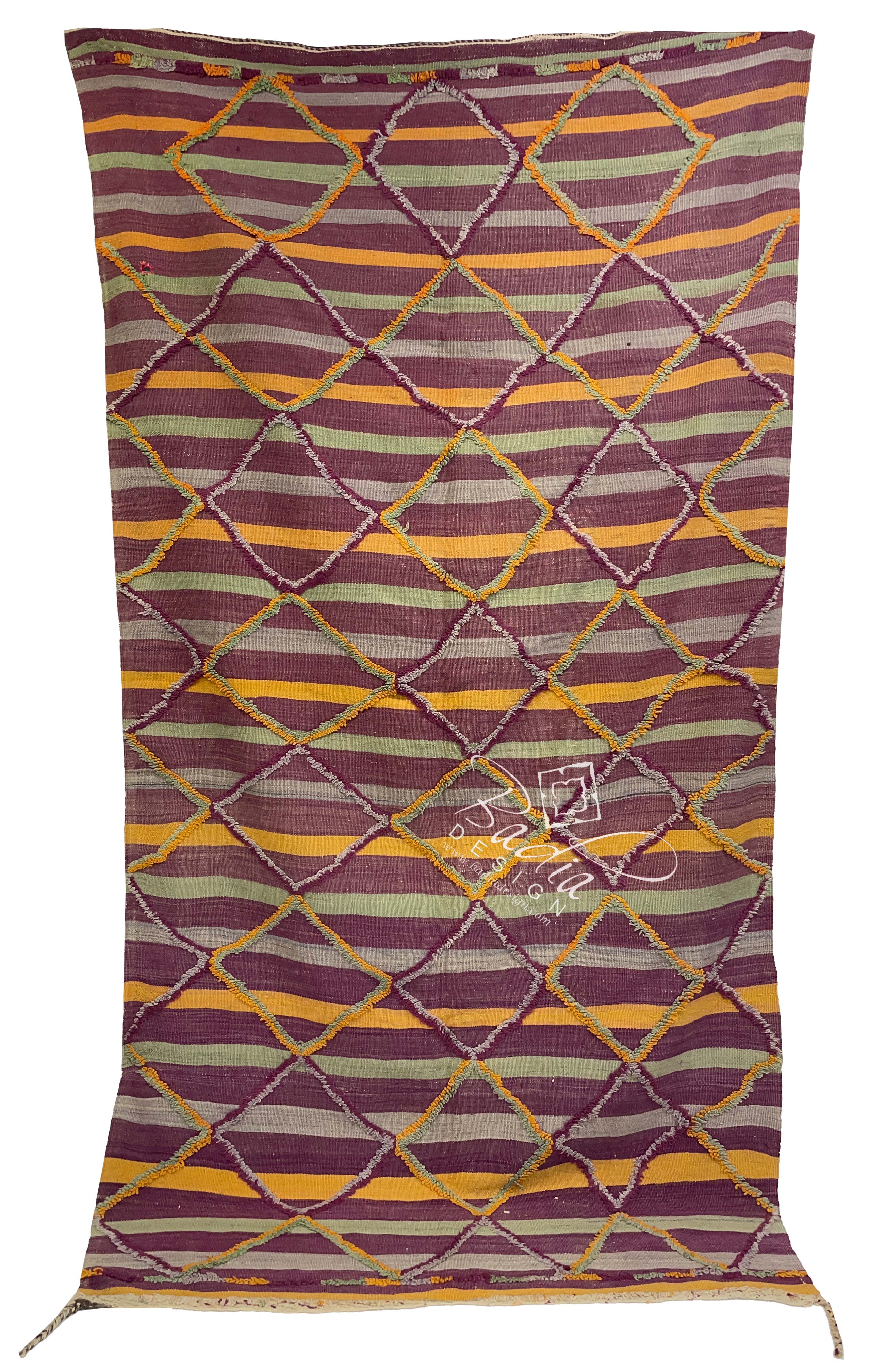Authentic Moroccan Berber Rugs
Authentic Moroccan Berber Rugs
Blog Article
Moroccan Berber Rugs: A Fusion of History, Artistry, and Timeless Elegance
These rugs have enchanted people across the globe with their deep cultural roots, intricate craftsmanship, and timeless design. These rugs can enhance any space, from a snug living area to a sleek office environment. This guide delves into the rich origins of Moroccan Berber rugs, the meticulous craftsmanship behind their creation, their exceptional longevity, and practical tips for styling them in modern spaces.
These rugs originated with the ancient tribal artisans of North Africa, dating back thousands of years. These indigenous groups, with their deeply rooted traditions, crafted unique weaving methods to meet the demands of their nomadic lifestyles and varied environmental conditions.
The symbols and motifs in these rugs narrate stories that are unique to the tribe or family of origin. These symbols frequently represent protection, fertility, or the natural environment, making each rug a highly meaningful creation. Originally, these rugs were crafted for utilitarian purposes, such as providing warmth during harsh winters in the Atlas Mountains or acting as soft bedding in arid desert regions.
In the mid-20th century, Moroccan Berber rugs gained international acclaim when renowned visionaries like Le Corbusier and Frank Lloyd Wright began incorporating them into their architectural masterpieces. Now, these rugs are highly sought after for their beauty and rich tradition.
The production of Moroccan Berber rugs is an intricate process handed down through generations. It represents a harmonious fusion of ancestral knowledge and meticulous technique.
These rugs are made from high-quality natural fibers, renowned for their durability and comfort. Wool is especially prized for its soft texture, resilience, and ability to retain warmth. Artisans often hand-spin the wool, giving each rug a unique look and feel.
Weaving these rugs is an elaborate process, requiring weeks or months on handcrafted weaving tools. The knotting style, from Beni Ourain’s plush textures to Azilal’s tighter weaves, impacts both durability and design.
Artisans rely on natural dyes from plants and minerals to produce the vivid tones seen in Berber rugs. Earthy tones such as beige, cream, and brown are common in Beni Ourain rugs, while Azilal and Boucherouite rugs showcase bolder colors like reds, blues, and yellows.
One of the key features of Moroccan Berber rugs is their exceptional durability. This makes them a smart choice for both residential areas and commercial spaces.
Berber rugs owe their longevity to the high-grade nature of their natural fibers. Wool’s elasticity and stain read more resistance contribute to their durability.
Cleaning and maintaining a Moroccan Berber rug is relatively simple. Regular vacuuming, spot cleaning with mild detergent, and occasional professional cleaning will keep them looking pristine for years.
How to Decorate with Moroccan Berber Rugs
Adding Moroccan Berber rugs to modern spaces is simpler than it seems. Their versatile designs and textures can complement a wide range of styles, from minimalist to bohemian.
1. Create a Focal Point in the Living Room
Use a large Beni Ourain rug as the centerpiece of your living room. Its neutral colors and simple geometric patterns can tie together various design elements while adding a sense of warmth and comfort.
2. Introduce Vibrancy to Minimalist Rooms
In minimalist or neutral spaces, a colorful Azilal or Boucherouite rug can add a bold, eye-catching accent. They are ideal for subdued settings, acting as the central highlight.
3. Combine Rugs for Depth and Style
To create a warm, layered look, place a smaller Berber rug atop a larger rug made from natural fibers like jute or sisal. This combination not only adds depth and texture but also highlights the intricate details of the Berber design.
4. Enhance Workspace Aesthetics
Businesses can use Moroccan Berber rugs to create an inviting and sophisticated ambiance in office spaces, lounges, or reception areas. Their handmade quality conveys a sense of luxury and authenticity.
5. Display Moroccan Berber Rugs as Decorative Art
Some Moroccan Berber rugs are so visually stunning that they deserve to be displayed as art. Displaying a Berber rug on a wall highlights its intricate design and cultural significance.
The Value of Moroccan Berber Rugs
For both homeowners and businesses, Moroccan Berber rugs represent a blend of practicality, aesthetics, and cultural significance. Their durability ensures a long lifespan, while their timeless designs can adapt to changing trends and tastes.
Eco-Friendly and Ethical Craftsmanship
Berber rugs are often made with environmentally responsible and sustainable techniques. By investing in these rugs, you’re not only enhancing your space but also supporting traditional artisans and their communities.
Increasing Value Over Time
Vintage or unique Moroccan Berber rugs tend to grow in worth over the years. These rugs serve as both decorative items and investment-worthy collectibles.
 Report this page
Report this page